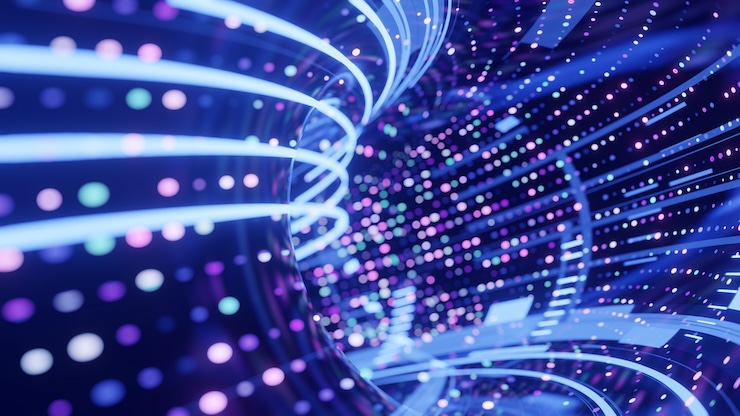The air around us is full of electromagnetic radiation – which doesn’t sound like a good thing. However, scientists at the Nokia Research Centre are looking at ways to “harvest” this stray radiation (mostly the result of broadcast signals or communications devices) to power mobile phones.
Though Nokia confirms it is ‘actively pursuing’ the possibility of energy harvesting (or scavenging, as some call it), a spokesperson adds, ‘Suggestions of this technology featuring in future products are premature and we do not currently have a prototype device.’
So why is it so difficult to get the idea off the ground? Rob Bamforth, principal analyst at technology consultancy Quocirca, says, ‘We are talking about quite small amounts of energy. The challenge is to generate enough power to overcome the inefficiencies in whatever circuitry you put in place to do the power acquisition.’
Nevertheless, the technology is already a reality in smartcards, such as London’s Oyster card. As you pass the smartcard over a reader, a small current is generated in a coil or antenna inside the card, enough for it to transmit the information needed. But there’s a big difference between powering up an Oyster card for a split second and generating enough energy to charge a mobile phone.
For that reason, says Bamforth, it’s still inconceivable that you could eliminate the need to charge your phone in another way. ‘Even if you powered your phone by walking around in the sun with solar panels strapped to your back, you would still need to plug it in occasionally to recharge,’ he states.
Ken Dulaney, vice president at IT analyst Gartner, agrees. ‘Energy harvesting has been discussed in a number of forums but the consensus is that there just isn’t enough energy to recharge a mobile phone at this point. Maybe a watch could be powered this way, but not a mobile phone.’
Another problem highlighted by Dulaney is range – electromagentic radiation degrades over distance so the device requiring power needs to be as close as possible to the source of the waves. This is why wireless charging, in which a phone or laptop is placed directly on to a charging pad, works so well. Dulaney adds, ‘There are concepts that transmit wireless power over short distances, but the distances are limited to probably three metres.’
In order to get around this problem and transmit serious amounts of power wirelessly, says Bamforth, ‘you would have to crank out an enormous amount of radio power and pretty soon you are into microwave territory, cooking things.’
Although energy harvesting – or scavenging, as it has also been called – faces considerable technical hurdles, Bamforth says it could be applied to devices with low energy requirements, and might extend the ‘idle time’ of a mobile phone (that is, the time it can sit idly between charges) by as much as ten per cent. But commercially speaking, it is not what you would call a disruptive technology. ‘It’s one of those things that look good in Minority Report but not so good in the annual report,’ he quips.
See also: The future of wearables






